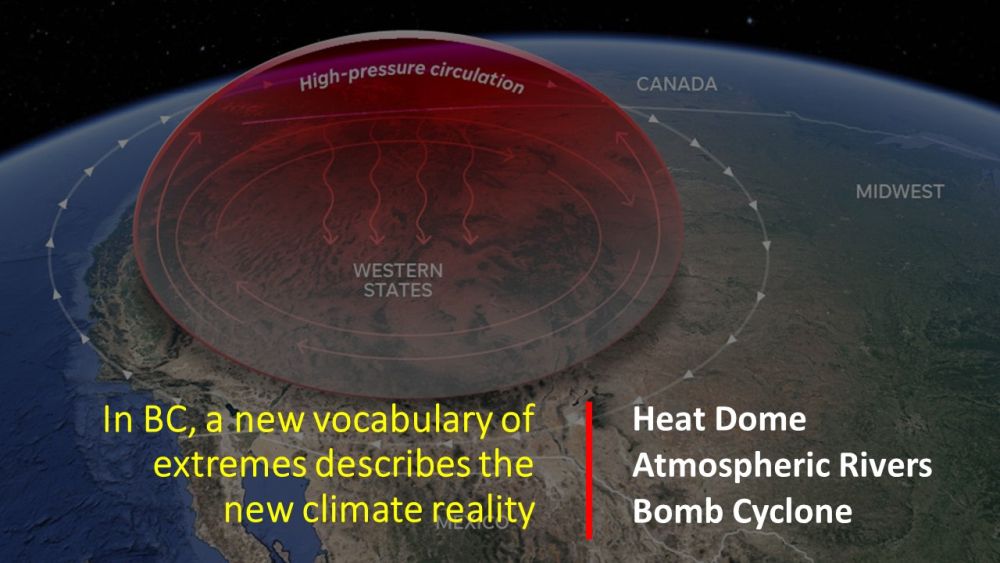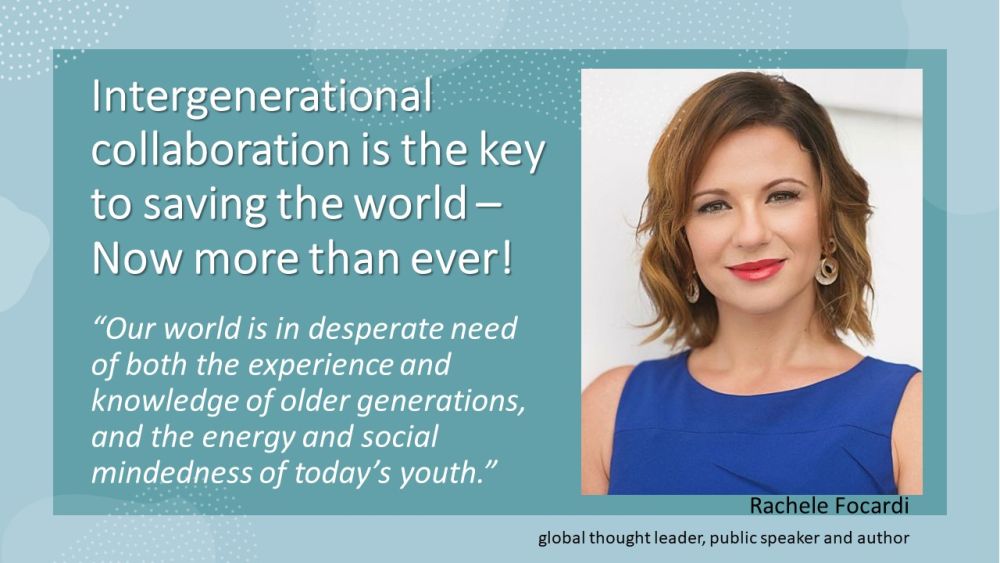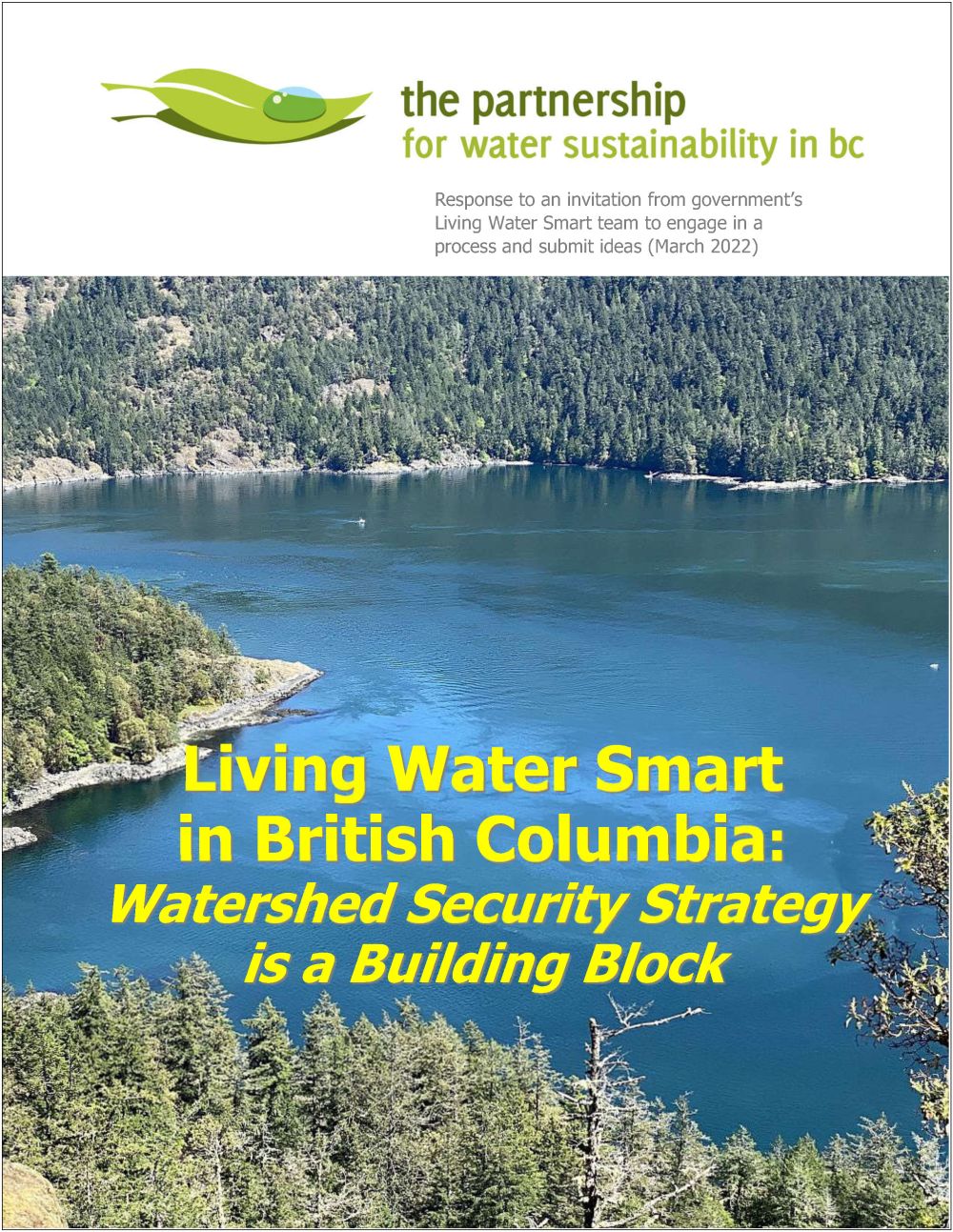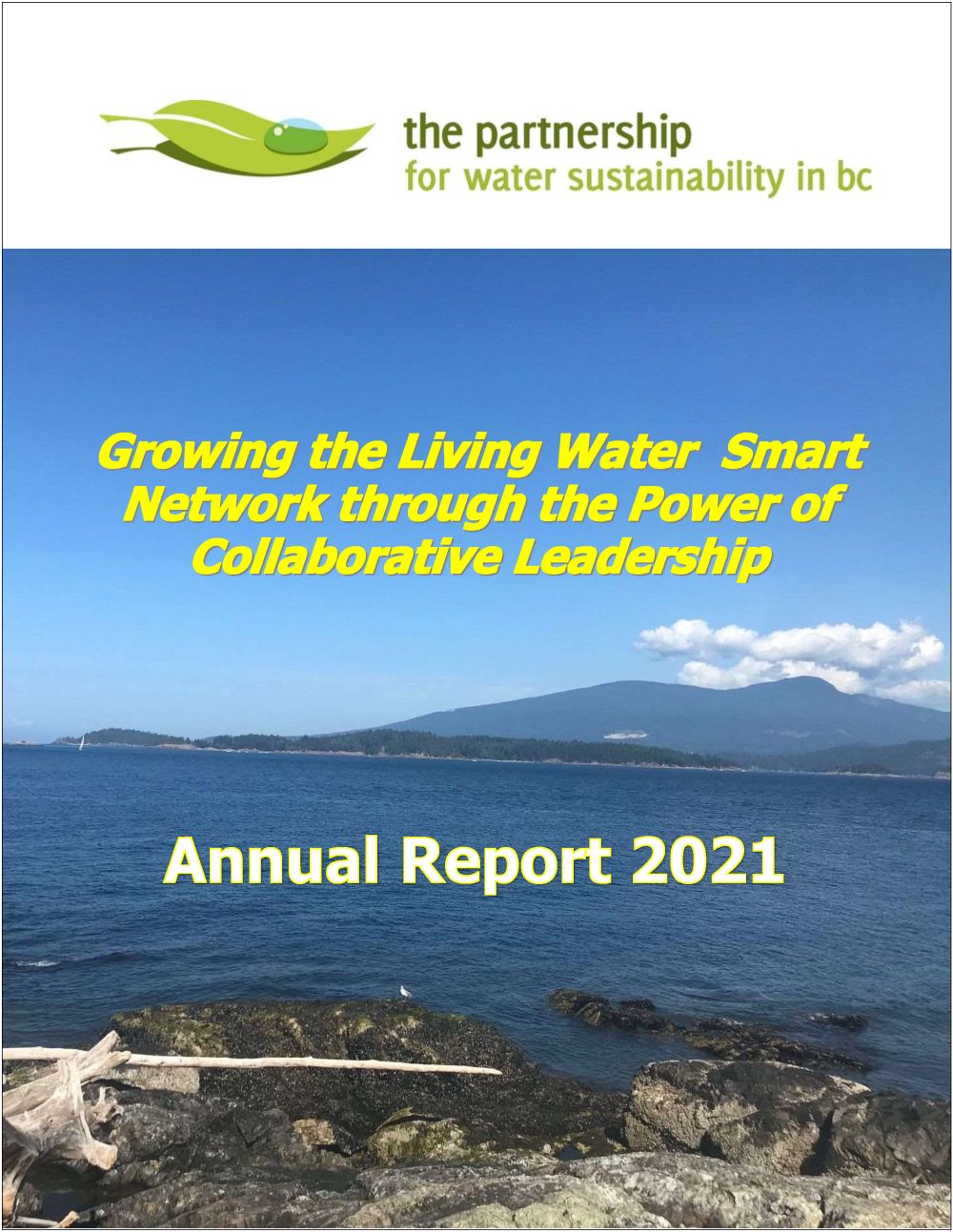BC’s Watershed Security Strategy & Fund
Note to Reader:
“SHARE INFORMATION. INFORM DECISIONS.” This soundbite lines up nicely with the mission of Waterbucket eNews which is to help our readers make sense of a complicated world. Waterbucket eNews celebrates the leadership of individuals and organizations who are guided by the vision for Living Water Smart in British Columbia to build greener communities and adapt to a changing climate; and embrace “design with nature” approaches to reconnect people, land, fish, and water in altered landscapes.
The edition published on March 15, 2022 featured the Partnership for Water Sustainability’s response to the Discussion Paper on Watershed Security Strategy and Fund, released by the Province of British Columbia in January 2022.
30-SECOND TAKEAWAY
As British Columbians, we have arrived at an “inter-generational moment” in history. The climate is changing at an accelerating rate, and we are experiencing that in real time, with increased frequency of extreme weather events, including droughts, fires and floods that have already caused tremendous damage and destruction throughout the Province.
Government has identified fighting climate change as one of its top priorities. However, while climate mitigation is about carbon, climate adaptation is all about water.
As the Partnership for Water Sustainability, we have long advocated for and worked towards a guiding philosophy of ‘One Water’ as the only way to equip BC communities to deal with present and future climate uncertainties, to manage risk, and to adapt.

What the new Ministry of Land, Water and Resource Stewardship needs to know
The Province has been absent from local government processes for the past decade, resulting in a leadership vacuum. With creation of the new Ministry of Land, Water and Resource Stewardship, the Province has a golden opportunity to get back in the game and build on decades of collaboration to accelerate progress towards Watershed Security Strategy outcomes.
The Discussion Paper on a Watershed Security Strategy and Fund is a welcome first step. It opens the door for the new Ministry to take stock of what has been accomplished through implementation of Living Water Smart Actions and ask, what have we collectively learned in recent years and decades, and what comes next?
Responding to an invitation from the Living Water Smart team to engage in a process and submit ideas, the submission by the Partnership for Water Sustainability in British Columbia focuses on five of the ten desired outcomes identified in the Discussion Paper.
Within each section, there are two parts: What the new Ministry needs to know, and How the new Ministry can help the Partnership help the Ministry carry out the Ministry’s ‘Resource Stewardship’ mandate related to land and water, and interweaving Indigenous Knowledge and Western Science to build a bridge between two worlds.
Click on the cover image below to download a copy of the Partnership’s submission and learn much, much more:
DOWNLOAD A COPY: https://waterbucket.ca/wcp/wp-content/uploads/sites/6/2022/03/PWSBC_Living-Water-Smart_Watershed-Security-Strategy_2022_FINAL.pdf

EDITOR’S PERSPECTIVE
“As long-term proponents of water sustainability, the Partnership for Water Sustainability is encouraged that the Watershed Security Strategy discussion paper touches on such a wide spectrum of water and water resource management issues,” stated Kim Stephens, Waterbucket eNews Editor and Executive Director.
“From our ‘One Water’ perspective, however, it is unfortunate that Government’s water program is now spread across three Ministries, along with a fourth entity, the BC Oil and Gas Commission. This creates operational challenges in ensuring a consistent, unified message.”
“Four entities sharing responsibility for ‘water’ exacerbates and accentuates the urgent need for effective communication, cooperation, coordination, and collaboration across government, including other ministries. Without the 4Cs as a guiding philosophy, the risk is high that good intentions would be undermined by generational amnesia.”

Why Generational Amnesia is a Concern
“Don’t reinvent the wheel. Turn the wheel. Understand that the vision for water sustainability depends on collaboration, both internally and externally. Know and care about the oral history that connects dots and helps one to understand the building blocks process for water sustainability that began in the 1990s.”
“The Province’s water initiatives that established a direction include Stewardship of the Water of BC in 1993, the Fish Protection Act in 1997, and the Water Conservation Strategy for BC. The high-water mark is Living Water Smart, British Columbia’s Water Plan, released in 2008.”

What we have collectively learned would inform the
Watershed Security Strategy
“There are 45 actions in Living Water Smart, British Columbia’s Water Plan. The enduring strength of Living Water Smart lies in its recognition that collaboration, while important to foster within a legislative framework, also happens outside governments, in communities and non-governmental organizations all across British Columbia.”
“Without effective provincial participation at local government tables, however, nobody has the authority to deliver a consistent, unified message about over-arching provincial goals and expectations. Consequently, the relevant analogy is a ‘wild west’ scenario.”
“Without an effective provincial presence, there are consequences – for example, failure to close the gap between ‘state-of-the-practice; and ‘state-of-the-art; as it relates to water sustainability in an era when the water cycle is changing.”
Towards Better Stewardship:
“The Water Sustainability Act (WSA) is another key piece; the Partnership is committed to furthering its implementation and collaborating with the Province to fill gaps and improve the legislation. In our view, the Watershed Security Strategy process/consultation is critical to furthering both the WSA and collaboration. Our submission is about how we believe government can best do that.”

Living Water Smart in British Columbia:
Watershed Security Strategy is a Building Block
The Partnership for Water Sustainability, in collaboration with the Province and multiple local government partners, has already developed various tools and resources related to five of the ten outcomes.
Table 1 summarizes the connectivity between Partnership Living Water Smart Actions and selected Watershed Security Strategy Outcomes, under three implementation themes: Water Reconciliation, Stream Health, and Food Security.
The Partnership submission comprises six sections. The first section provides context to the historical – and current – Province /Partnership /local government collaboration. The next five sections are organized by Discussion Paper desired outcomes, elaborating on existing tools and resources.
Within each section, there are two parts: What the new Ministry needs to know, and How the new Ministry can help the Partnership help the Ministry carry out the Ministry’s ‘Resource Stewardship’ mandate related to land and water, and interweaving Indigenous Knowledge and Western Science to build a bridge between two worlds.
Table 1 provides the new Ministry with a Road Map for Collaboration. Understand, however, that it will take Ministry staff time and commitment to rebuild relationships as well as restore trust and respect. Only then can the Ministry say, with credibility, pay attention.

Know, Understand, and Care about Oral History
The progress of a transformational process such as Living Water Smart is measured in terms of decades, not years. It is a journey. There are no short cuts.
In Decade One, build consensus and get the foundation in place. In Decade Two, erect the framework for action. Entering Decade Three, one should be ready for the bold leap forward.
It is about building blocks and connecting dots. Build trust over time, stay true to the science, and align efforts through conversations that lead to consensus.
When governments and communities learn from and apply experience, they will achieve better policy, environmental and financial outcomes. Overcoming generational amnesia is an ever-present challenge.


About the Partnership for Water Sustainability in BC
Technical knowledge alone is not enough to resolve water challenges facing BC. Making things happen in the real world requires an appreciation and understanding of human behaviour, combined with a knowledge of how decisions are made. It takes a career to figure this out.
The Partnership has a primary goal, to build bridges of understanding and pass the baton from the past to the present and future. To achieve the goal, the Partnership is growing a network in the local government setting. This network embraces collaborative leadership and inter-generational collaboration.

TO LEARN MORE, VISIT: https://waterbucket.ca/about-us/
DOWNLOAD: https://waterbucket.ca/atp/wp-content/uploads/sites/9/2021/11/PWSBC_Annual-Report-2021_version-for-waterbucket.ca_.pdf





